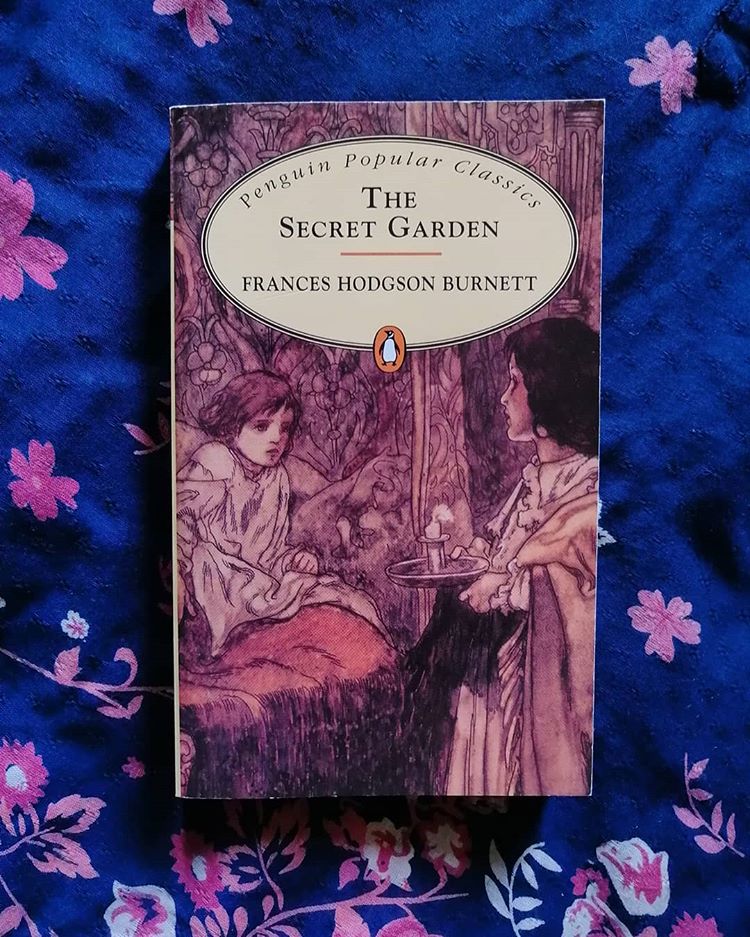🌺 “It’s the Magic and— and Mrs. Sowerby’s buns and milk and things,” said Colin.
– Frances Hodgson Burnett, The Secret Garden (1911).
Before we dive into today’s lesson, I have a question for you: is the quotation above, taken straight from an English classic, grammatically correct?
Whether you answer ‘yes’ or ‘no’, why do you think that is the case?
✒️‘And‘ is one of the most common conjunctions in English, and as such it has several rules attached to it. In this lesson, I will offer some explanations and examples of these rules in action, so that by the end of this lesson (in two parts) you should be know for sure whether or not the quoted sentence above is actually correct.
First, let’s start with a brief overview of what conjunctions are.
…
REVIEW OF THE 3 DIFFERENT TYPES OF CONJUNCTIONS
There are three types of conjunctions in English, and ‘and‘ belongs to the most common type, known as coordinating conjunctions. These join words, phrases and independent clauses together, and so they are often found in the middle of sentences. Other coordinating conjunctions include for, nor, but, or, yet, so.
Subordinating conjunctions join independent clauses with dependent clauses. Examples of these conjunctions include: after, although, because, before, since, though, unless, until, while, etc. Usually we find them either in the middle of a sentence or at the beginning: e.g. ‘She went home after she had finished the shopping’ or ‘After she had finished the shopping, she went home.’
Correlative conjunctions come in pairs that help to synchronize and join together words, phrases or clauses that are related in some way. Examples include pairs such as either / or; neither / nor; both / and; whether / or; not only / but also. These are so important in English that I will dedicate another lesson to them entirely, hopefully next week.
…
HOW TO USE ‘AND’ TO JOIN CLAUSES CORRECTLY
To answer any doubts you may have had about the above quotation, it is not grammatically correct or advisable to use more than one ‘and’ in a sentence when listing several things. (In the second part of this lesson, I will share with you the likely reason why Frances Hodgson Burnett – a great writer – consciously inserted these sentences in a few places in her book The Secret Garden).
So when you would like to list three or more entities, try to include the conjunction ‘and’ between the last two only: e.g., ‘Matthew, Mark, Luke and John’ (general British English) or ‘Matthew, Mark, Luke, and John’ (standard American English). (If you are unsure of the punctuation, specifically where to place the commas, you might like to read another lesson I wrote on the serial or Oxford comma here).
📝 However, there are occasions when we can in fact correctly use ‘and’ twice in a sentence if we are joining two clauses, one of which has two parts. To give an example: ‘Mr Smith and Mr and Mrs Jones went to the concert’ – here ‘Mr and Mrs Jones’ are treated as one couple that are mentioned together with Mr Smith.
Of course in this instance you could write (following the ‘serial entities’ rule mentioned above): ‘Mr Smith, Mr and Mrs Jones went to the concert’, but that construction would give the impression that they went to the concert as a trio of friends or companions when perhaps they were not.
Join me in the next lesson post, where we will continue our survey of all the ways you can effectively use this handy little conjunction in English.




